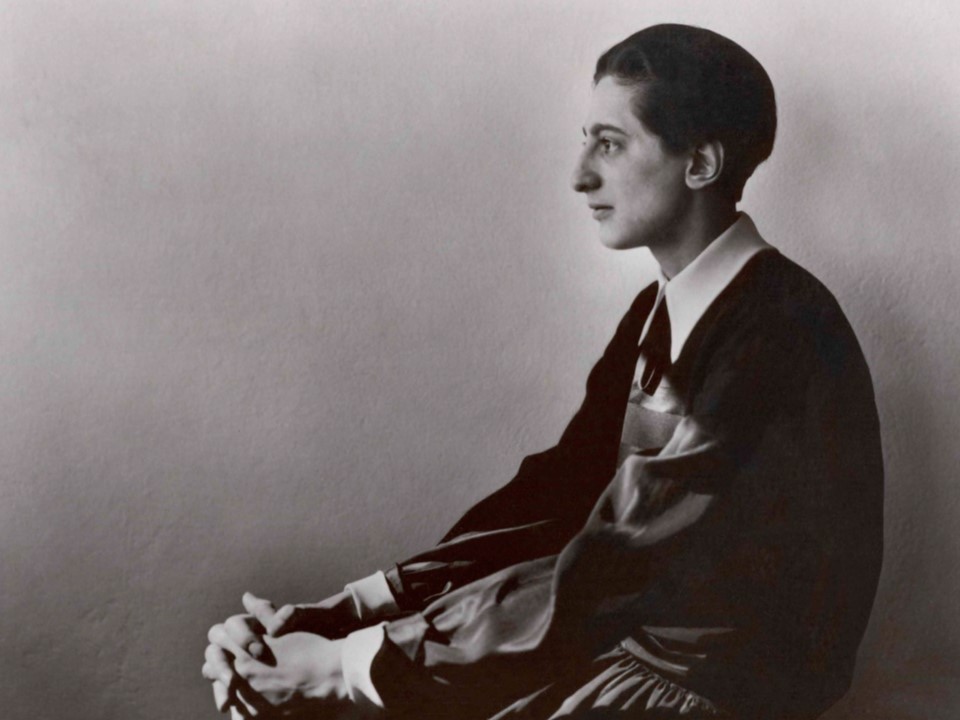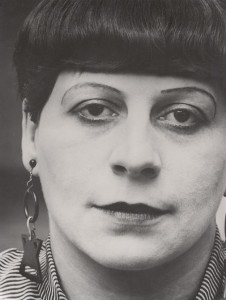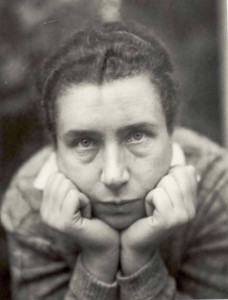On the occasion of the first exhibition featuring the work of photographer Lucia Moholy in Madrid as part of PHotoEspaña, the LOEWE FOUNDATION organised this month of June the highly attended LOEWE Talk “Lucia Moholy at the Bauhaus”. Architect Belén Moneo and exhibition curator María Millán exposed the public to the aesthetics and philosophy of the legendary school and to the artists Moholy photographed and lived with.
The Bauhaus, founded by architect Walter Gropius in 1919, was set up as a centre for craftsmanship, architecture and design to come together. One of the school’s objectives was to design and produce unique utilitarian objects for use in daily modern life. When Lucia Moholy arrived at the Bauhaus in 1923, photography was not part of the school’s curriculum. Using a very personal and innovative style, she devoted herself to documenting the daily activities taking place in the workshops and the designs and objects that were being created.
All students had to take mandatory courses on colour theory, materials, drawing and other subjects meant to prepare them for the more specialised workshops. The Bauhaus was the first art school to accept women. However, equality was not applied across the board and women were not allowed to take certain classes.
Such was the case of artist Anni Albers, who was barred from the architecture and glass workshops and was advised to defer to weaving. She had the good fortune of working with Gunta Stölz in 1923 becoming one of the workshop’s top students and eventually the school’s weaving director, a post she held until 1932, when the Dessau Bauhaus was closed. Anni Albers and her husband Josef Albers moved to the US in 1933 where they pursued teaching and worked on personal projects. In 1951, the MOMA organised an exhibition of Anni’s work, which then toured the US for two years, establishing Anni Albers as one of the most important textile artists of the 20th century.
Florence Henri, who began her artistic career as a painter, had a similar experience. During the time she spent at the Bauhaus in 1927, she lived with László Moholy-Nagy and Lucia Moholy, who shared with her their passion for photography and taught her some basic techniques. Although photography was not yet taught at the school, the couple encouraged her to experiment with the camera and to continue her work in this field. A year after leaving the Bauhaus, Florence Henri opened a studio in Paris establishing herself as a professional photographer.
The LOEWE exhibition, “Lucia Moholy, A Hundred Years Later”, invites the public to learn about the people in the portraits. Lucia Moholy was a pioneer of modern photography, and so were the photographed artists in their individual fields of expertise. An absolute must.
Lucia Moholy, A Hundred Years Later. Until 28th August at LOEWE’s Gran Vía 8 store in Madrid [Monday to Saturday from 10 a.m. to 8:30 p.m. Sundays and Holidays from 11 a.m. to 8 p.m.]
Photographs: Anni Albers, 1927. Florence Henri, 1927.The Bauhaus Archive. Courtesy Fotostiftung Schweiz. Curator, María Millán.




